DEVELOPMENT
1,680
Weekly Update - Buffs, Affinities
3 years ago
I revised some stuff related to stat buffs and equipment this week!
Was it just last week where I shirked work entirely? Feels like forever ago... I've been productive again this week, or at least it feels like I have been, though I always end up feeling like the stuff I've actually done hasn't got me significantly closer to the finish line despite the time and effort spent...
I, like millions of other people, have also been playing Pokemon Legends: Arceus (which I thought had an 'of' in the title and the colon in a different place -
Pokemon Legends Arceus: of, obviously - but apparently not), paying particular attention to its gameplay mechanics and UI. Overall I'm very impressed; the Pokemon games have loyally stuck with archaic gameplay born of the limitations of the GameBoy from a very different period in gaming history, and this feels like a much-needed modernisation of those, what a Pokemon game
should be. In particular I've been appreciating the revisions to moves, stats, status effects and buffs, which have inspired my own revisions to Atonal Dreams' mechanics this week.
Though I've not changed things
just because I played that game, to be clear. While playtesting, certain implemented mechanics have just felt unpleasantly clunky for a long time, and my work over the past few weeks (or months, probably) has largely been about tidying them up until I feel they're where I want them to be.
One of the remaining issues was how
(de)buffs worked. Some skills could grant flat numerical (de)buffs to either the Attack or Defence stats for a fixed duration, so "grant +4 Attack for 2 turns", for example. It made sense, but felt
sloppy somehow, or those skills were barely worth using because the buffs expired too quickly. It'd been annoying me for a while.
The 'original' (will new main series entries keep those mechanics or not?) Pokemon games dealt with stat (de)buffs by giving each stat a buff modifier ranging from -6 to 6, so the increase or decrease was always scaled to the base stat, meaning a skill that raised or lowered a stat by one stage would be (somewhat/theoretically, if not practically) useful even in the late game. The number 6 is a motif throughout Alora Fane and the games I'm making set in it, so I essentially stole that idea here (even though
Of: Legends Arceus Pokemon seems to have massively simplified buffs to just general attack/defence up/down that expire after a few turns):
![]()
Now, the Attack and Defence stats can be buffed or debuffed by -6 to 6 stages, which multiplies the stat and lasts for the duration of the battle. It's represented on the UI 'statue' displays by an aster (six-pointed star) around the stat, which felt fitting.
I also moved the Dark and Light stat icons on the 'statues' to the top, next to the magic defence ('Resilience') icon; grouping them together made more sense. Previously, some skills - eg Tame - used these stats offensively instead of the Attack stat, but I felt that just overcomplicated things without adding anything meaningful, and I've revised all skills to use the Attack and Defence stats. No separate magic stats. Light and Dark are still used to determine side-switching, though, and the Resilience stat is used to resist that.
I like designing UI elements, but I don't end up at the solution right away. I experiment a lot to end up with something I like. Here are some steps in the refinement process:
![]()
Skills also have levels, which grow through XP equal to the damage you've inflicted with that skill. Ages ago, skills had an initial level cap of 10, which could be increased to 20 after taming or killing all instances of the associated figmon in an area. Characters would gain a 'boon' - a permanent increase to a stat - for each 10 levels of a skill; this was the primary means of increasing stats.
I later changed this, though, to a level cap of 60 from the start; you'd still get a stat increase for every 10 levels. But I wanted levels to actually have some use, and thought adding them to the skill's power would work. So a damaging skill would use the actor's Attack + the skill's Level as the starting number in the damage calculation, and buffing skills would buff by an amount equal to the skill's level. I fairly quickly realised this would become ridiculous when you were buffing stats by +30 points or whatever and dealing +30 damage with your skills. Level 60 was so distant, too, that you could probably just stick with the same set of skills through the entire game and you might never even master them.
![]()
So I revised that, too. Now skills have six levels (the motif again), starting at level 0. They're shown on the UI as stars, which feels more impactful to me than a little number. They still add their level to damage, but I'm unsure about whether they'd add it to buff potency since +6 is the maximum anyway (imagine if a Pokemon move could buff Attack by 6 stages with no drawbacks). Each level is more difficult to achieve, but not
so difficult that mastery is frustratingly distant. I'll continue tweaking numbers like exact XP costs as I go on; ideally a relatively casual player should be able to master a few - but not all - skills by the end of the game, but none in the tutorial dungeon.
![]()
Another thing I wanted to address this week was equipment and loot. Something I've wondered about a lot since the MARDEK days is what to put in dungeon treasure chests so that they actually feel
worthwhile to open. A lot of JRPGs just have boring healing or status cleansing potions that always just cluttered up my inventory, barely used, and I've been wanting to avoid doing that. I've also been unsure about how to handle equipment for a while, since I wanted that to do something more interesting than just increasing stats by a few points.
Something I liked in other games enough to incorporate into MARDEK was weapons or armour that either granted a bonus to or resistance against certain creature types, like a Silver Sword that boosts damage against Undead by 20%, say (or whatever the exact multiplier was in MARDEK). (I wonder whether I was inspired to do this by the mechanics of Vagrant Story - which I discovered as a child and replayed a couple of weeks ago - where there's a heavy focus on equipments' 'affinities' for various creature types and elements.) MARDEK's characters and creatures also all had resistances or weaknesses to all the elements in the game.
I decided to experiment with an
Affinities system of my own. Essentially, each piece of equipment can grant either offensive or defensive 'affinities' for each of the elements, runes, or creature types. So a Creation resonar ('weapon') might empower Creation-elemental skills and do bonus damage against Plantoid figmon, for example, while a piece of armour might increase defence against Tough skills and Beasts.
I started with this mock up layout, to get an idea of how many there'd be (and whether they'd all fit on this screen) and how each one would be shown; I thought percentage numbers at first, like the resistances in MARDEK:
![]()
An annoying thing about taking screenshots is capturing characters mid-blink!
I thought, though, that it'd be pleasantly harmonious to use the same six-stage aster system that I'd used for the (de)buffs, and experimented with a few variations:
![]()
I implemented it, kind of, such that the different types are shown, but the aster values are being set randomly:
![]()
I was also experimenting with a possible layout for equipment slots, which I'll get to in a minute.
I got wondering though: what does an 'offensive' affinity mean, exactly? Defensive seems fairly obvious: if you have a positive affinity for Creation, say, you'll take less damage when affected by a skill of that element. But if you have a positive offensive affinity for Creation, does that mean you'd do more damage when USING a Creation skill, or when DAMAGING a Creation-elemental target? Both?
![]()
I had to move the skill description box and figmon model from where they were before to make everything fit.
I revised it so that there are three different types of affinity: those that EMPOWER skills of that type, those that activate for any TARGET with that type, and RESISTANCE against that type. I feel that this layout probably reads better too than having the affinity asters on either side of the type icons.
The primary purpose of these affinities was so that I could add a variety of common accessories that affected them, as I feel that those would be small enough changes to not be game-breaking - each affinity increase would only multiply damage by a little bit - but more valuable than inventory junk you'd never use.
I dived in and set up the item code/data structures/whatever so that each item could be assigned a list of affinities of variable length. One item might increase Tough affinity by one stage, while another, rarer and more powerful one might increase affinity for ALL creature types by one stage, for example. But it felt too 'bitty', granular, hard to keep track of and tricky to come up with item concepts with such effects.
![]()
I wondered whether instead items could, like Skills, have an associated rune and element, or maybe creature type in place of either, and an affinity type - empower, target, or resistance - so equipping it increased the affinity for those two types (eg this Cherub Tunic would increase Empower affinity by 1 stage for Bliss and Angelic).
I wondered whether they could also
decrease affinity for the 'opposite' types, so increasing your affinity for Angelic would decrease it for Demonic, say. That's a fairly common thing in games, in my experience. I shuffled around the order of the creature types so they're paired up in this display with one that feels like an opposite, and most of them worked satisfyingly well despite not having this in mind when deciding on them many months ago. The only one that doesn't really work is Aquatic (fish) vs Insectoid, though there are Pokemon type relationships that make as much sense, I suppose.
The elements work in a circular way, though, so they'd clash with the others opposing pairs here in a confusing way... unless I were to revise the elements to also work as opposing pairs - as it seems many of the less-ancient Final Fantasy games do - so Courage-beats-Fear-beats-Courage, Sorrow-Bliss, and Creation-Destruction... but that's probably a bigger revision than I'd want to make at this point, and a petty reason to do it.
I got to this point with these equipment revisions late on Friday evening, so I'm still very much in the middle of the experimentation process. Once I've figured this out, though, I
think I'll be essentially done with major mechanics revisions, probably??
Oh, also, I added some new resonars for the first time, as a part of the equipment revisions, which don't have UI icons but they do have models:
![]()
I also wanted a figmon that used a debuffing skill, so I spent about an hour adding
Coconoct, a reskin of the existing Coconatal which is a revision of an old monster design (it appeared in Taming Dreams) that I'd planned to include since designing monsters for this area last year, but never got around to until now:
![]()
I can't be bothered making a turntable animation this time!
![]()
So yes! Stuff! Good!
I also saw
∞ a thing on Reddit earlier in the week about some games that are coming to the Switch this year ∞, some of which caught my attention. I've been frustrated in the past about how people seemed to prefer the idea of me revisiting MARDEK over my new stuff, but the only ones that interested me among these games were those that were familiar to me, mostly in a childhood-nostalgia sense. Made me think about a faithful MARDEK remake/remaster again, though it's not like I can just drop this to do that at this point.
(I also got thinking a lot about the importance of having a catchy title logo, and how those things are even made!)
I want to play Breath of the Wild 2, and I was pleasantly surprised to see a Xenoblade Chronicles 3... though I've still yet to play the second despite spending many, many enjoyable hours in the first (I'd like to get the remaster of that as well, but I've yet to find the time, plus they're hardly cheap). I raised an intrigued eyebrow though at Chrono Cross, Klonoa, and Live A Live, all of which I've played and liked in the past but would never have thought were popular enough to make a comeback. Though I've heard the Japanese reception to Chrono Cross and Live A Live were much greater than in the West. Someone also wondered whether a Chrono Cross remaster meant a remaster or remake of Chrono Trigger was on the way too. I hope so, but again that brings up thoughts about who'd react to news of a MARDEK remaster in the same way... I wish I could just make one in a weekend or something!
Oh well. I hope people like Atonal Dreams, too, when I finally finish it in a billion years or whenever! (I'd still like to think it'll be smooth, speedy sailing once I decide on the current snags, but we'll see.)
Oh, and I need to decide on a PC, still, which I've told myself I MUST DO this weekend. Nobody made any suggestions on
∞ my latest post about it ∞, so maybe I'll just need to go with the choices I had there and hope for the best, despite my CRIPPLING UNCERTAINTY...





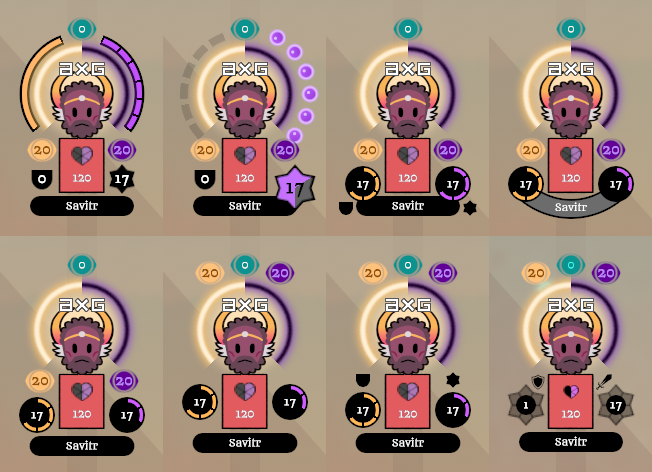


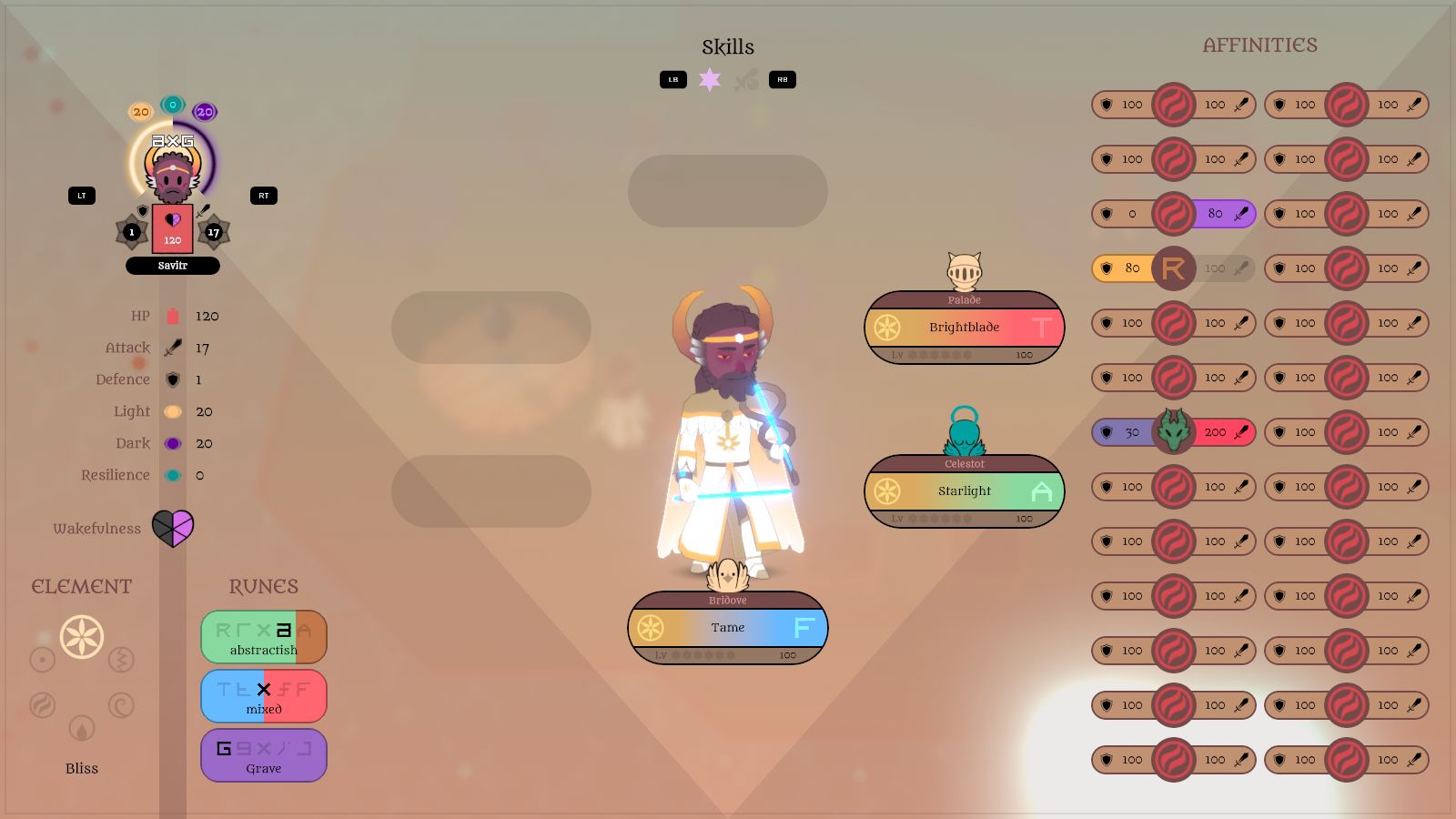
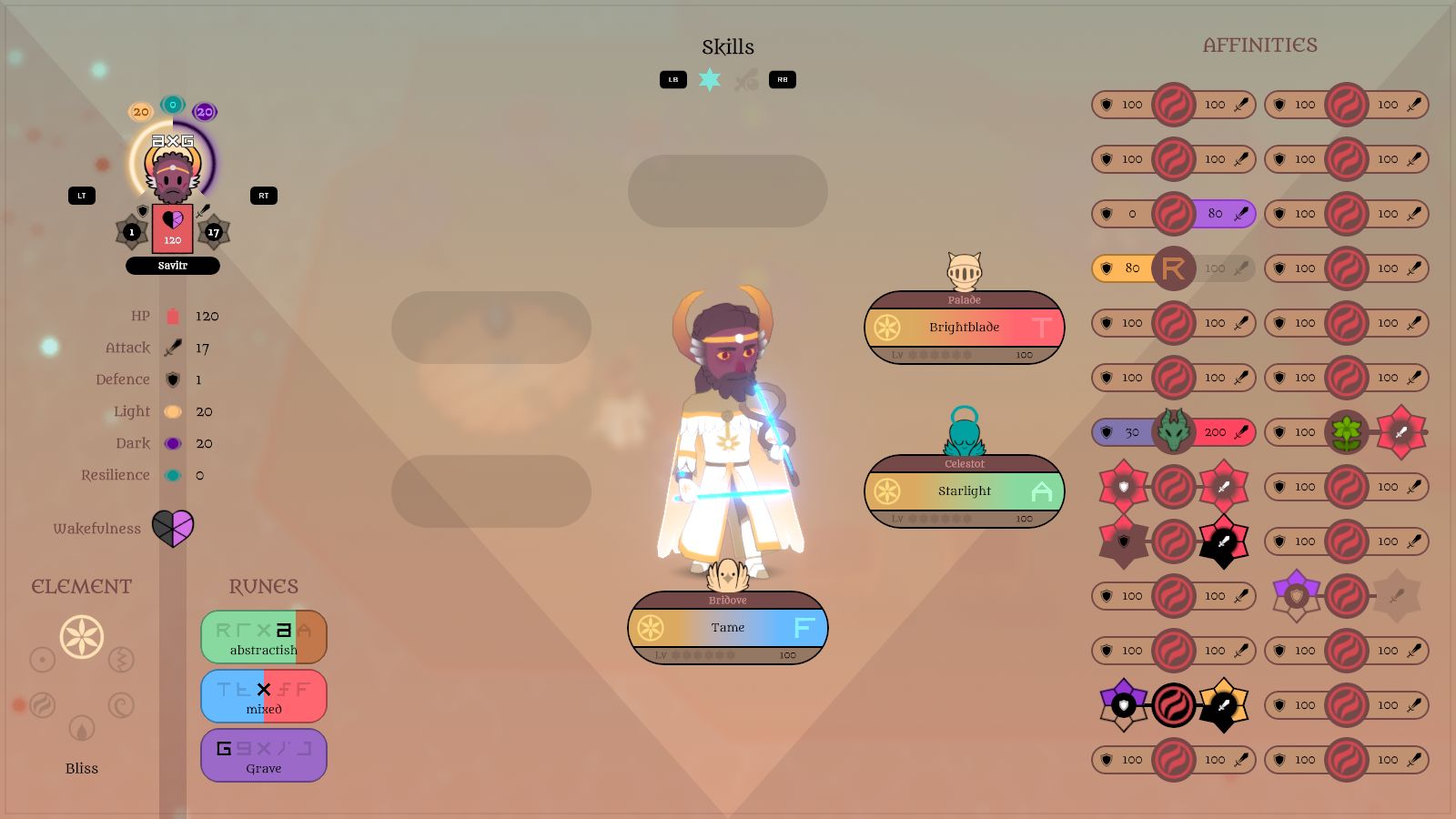
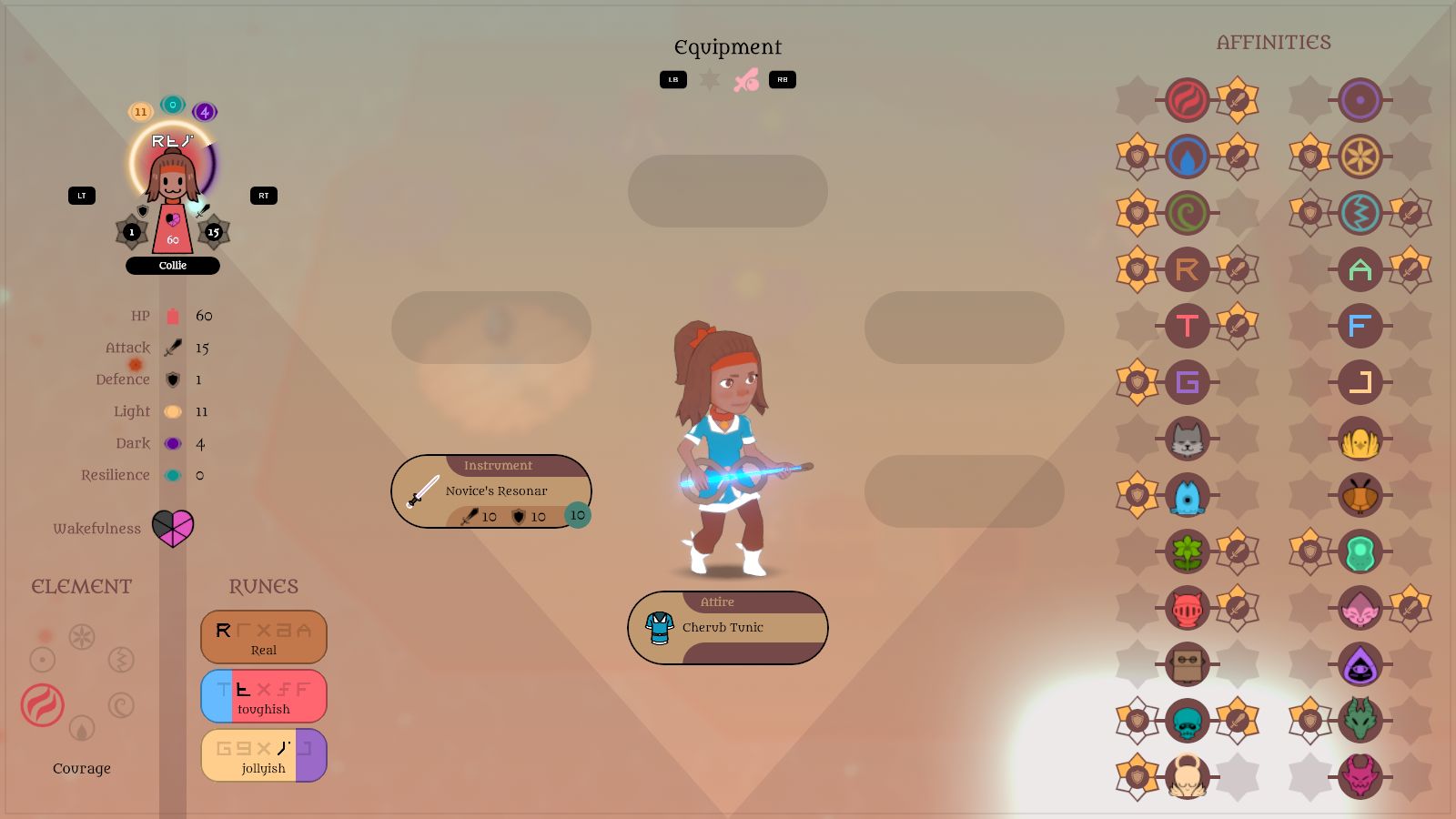
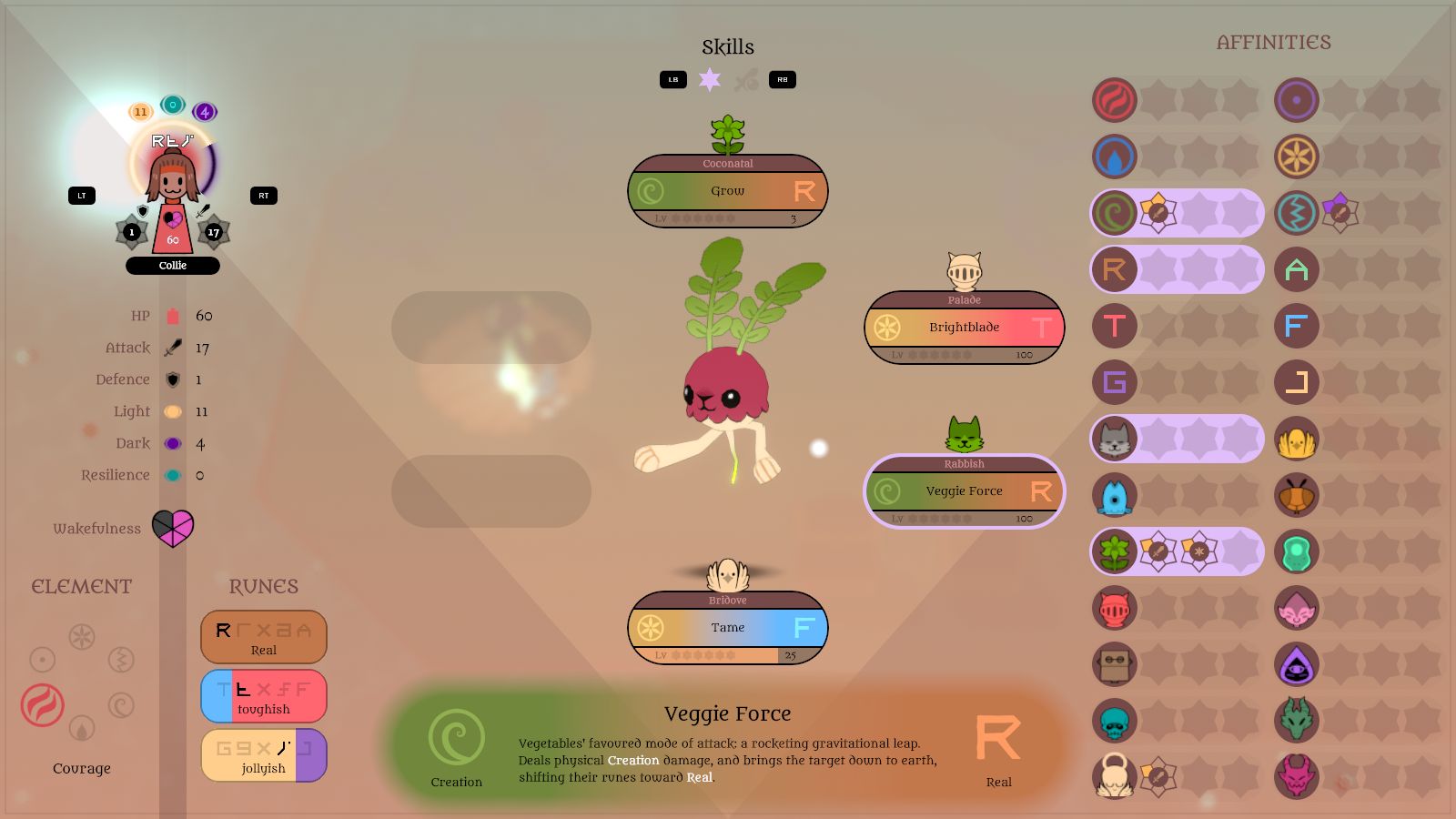
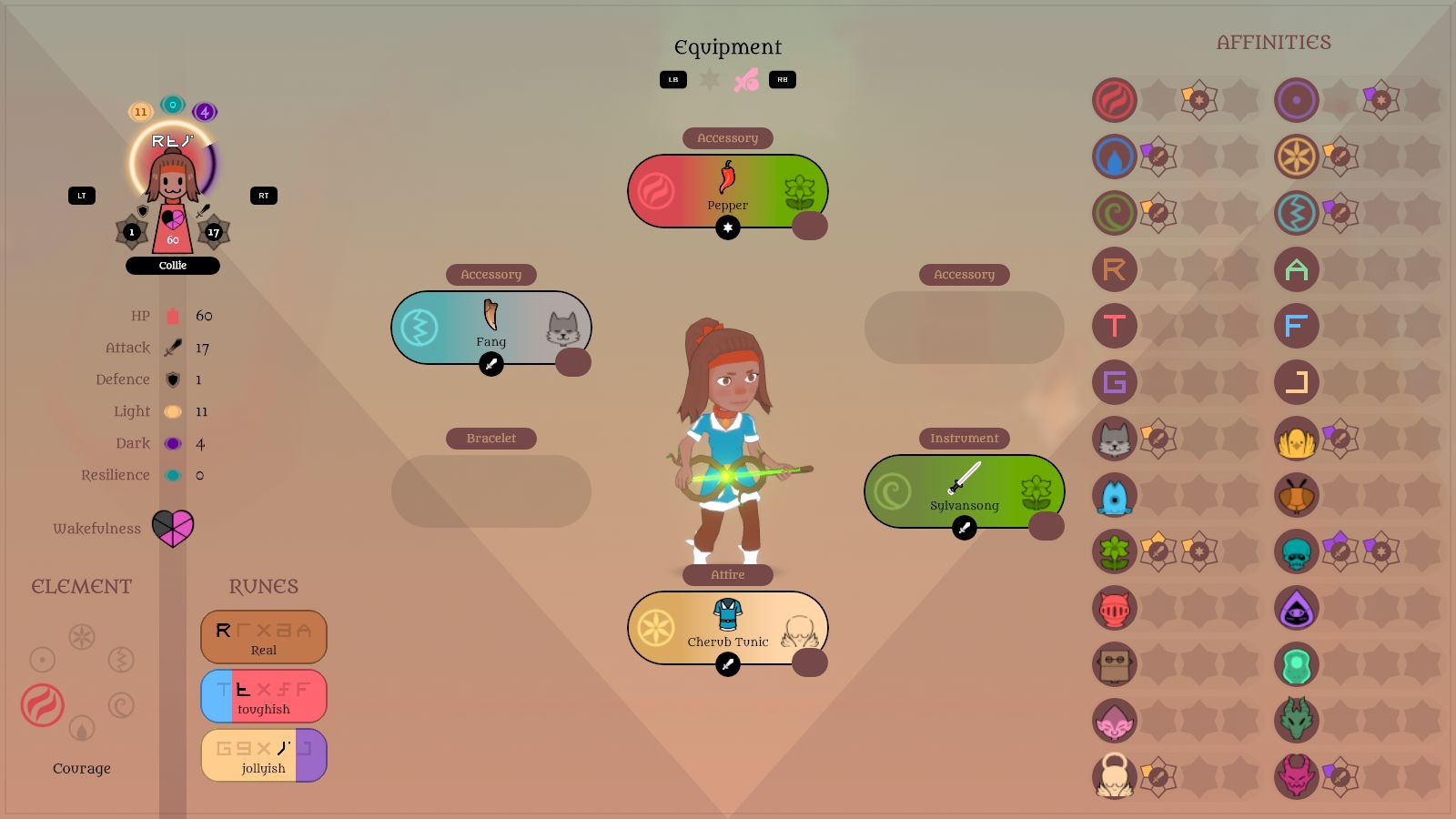
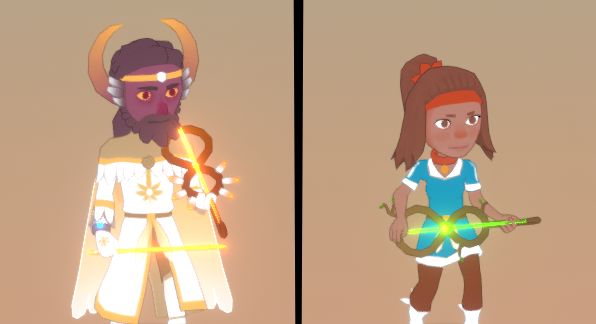
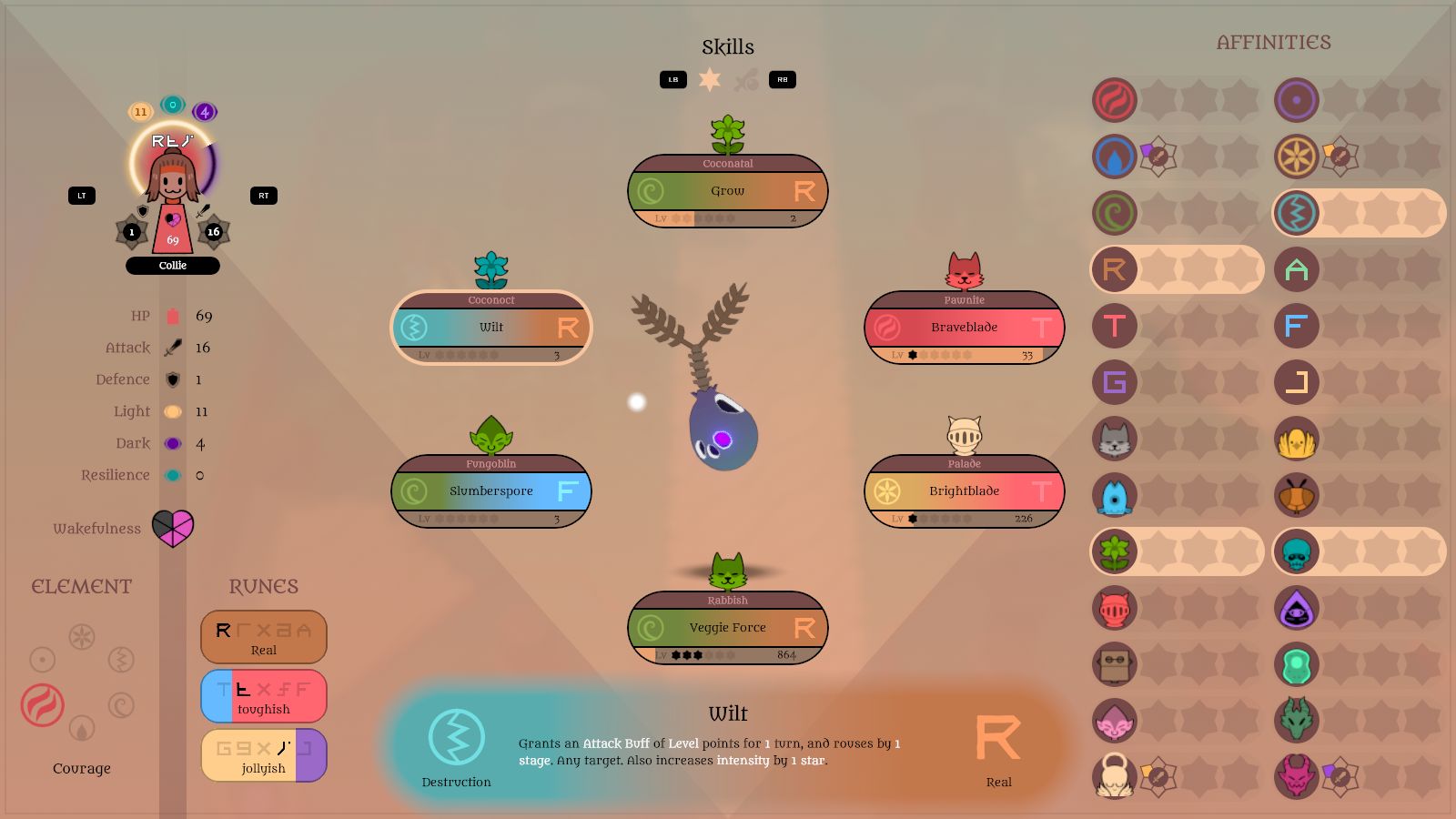
14